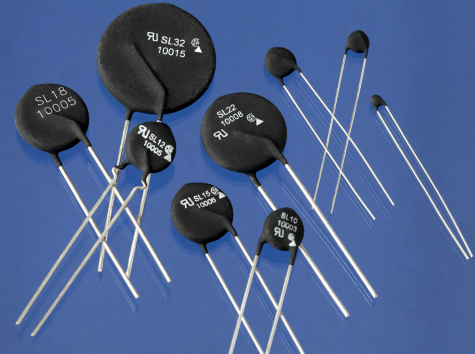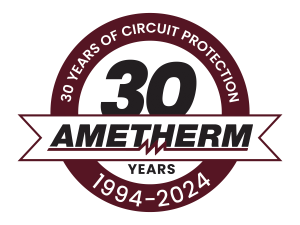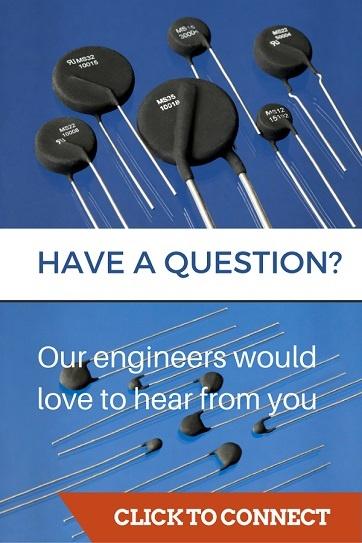In today’s world of technology, there’s a big focus on making electronic devices and systems that have energy efficiency. This goes beyond just talking about it – it’s a crucial part of how we design and make things now. Whether it’s the phone in your pocket, the computer you use, big machines in factories, or systems that create renewable energy, being energy-efficient is a big deal. And a key player in making this happen is something called “inrush current limiting,” which plays a crucial role in saving energy.
Unveiling the Significance of Energy Efficiency
Energy efficiency is key to cost reduction and environmental sustainability. Both consumers and businesses now emphasize energy consumption awareness for financial and environmental reasons. Efficient electronic devices not only cut costs but also contribute to a smaller carbon footprint, crucial for our planet’s well-being.

Confronting the Inrush Current Challenge
When electronic devices power on, they often face a sudden surge in current known as inrush current. This surge can be several times higher than the device’s steady-state operating current, occurring during startup or when switching on electrical equipment. High inrush currents can lead to issues such as stress on components, operational disruptions, and potential damage to the device.
The Crucial Role of Inrush Current Limiters
Inrush current limiters step in to mitigate the adverse effects of high inrush currents. They act as gatekeepers, controlling the initial surge of current when a device is switched on. Typically connected in series with the power supply, these devices offer resistance that gradually decreases as the current stabilizes.
Efficiency Unveiled: The Role of Inrush Current Limiters in Energy Savings
So, how exactly do inrush current limiters contribute to energy savings? Let’s delve into the key aspects:
- Enhanced Component Longevity: By preventing the abrupt flow of electricity during startup, inrush current limiters ensure a smoother power-up process. This prolongs the operational life of the device and reducing the need for frequent replacements.
- Improved System Reliability: Stabilizing the startup process prevents electrical disturbances and mitigates the risk of voltage sags or surges, significantly enhancing the reliability of the equipment.
- Energy Savings: Controlled inrush currents during device operation lead to energy savings by avoiding unnecessary power surges, contributing to reduced energy consumption over the device’s lifespan.
- Meeting Regulatory Standards: In industries bound by regulations on energy efficiency and power quality, inrush current limiters play a crucial role in ensuring compliance with standards.
Versatility Across Industries
Inrush current limiters find applications across diverse industries. In consumer electronics, they prevent power surges in devices like televisions and audio amplifiers. In the industrial sector, these limiters are integral to motor control systems and other heavy-duty equipment. Even in renewable energy, they control inrush current in wind turbines and solar inverters, enhancing reliability and energy efficiency.
Conclusion: Embracing a More Energy-Efficient Future
As we march toward a more energy-efficient world, the importance of energy-saving technologies like inrush current limiters becomes increasingly evident. Consequently, these unsung heroes in the electronics realm contribute significantly to cost savings, device reliability, and environmental sustainability. Furthermore, in the advancing landscape of technology, the role of energy efficiency and inrush current limiters will persist, continuing to benefit consumers, businesses, and the planet.
In a world where efficient energy use is most important, inrush current limiters stand as the unsung champions. They play a pivotal role in making our electronic devices smarter, more dependable, and environmentally responsible. With their remarkable ability to tame the initial power surge, they represent the essence of energy efficiency in the modern age of electronics.
Ametherm thanks you for taking the time to read our Blog posts. If you have any questions, please contact us, or fill out the form below and we will respond right away.
Visit Our Distributors to See Availability of Our Temperature Sensors and Inrush Current Limiters








